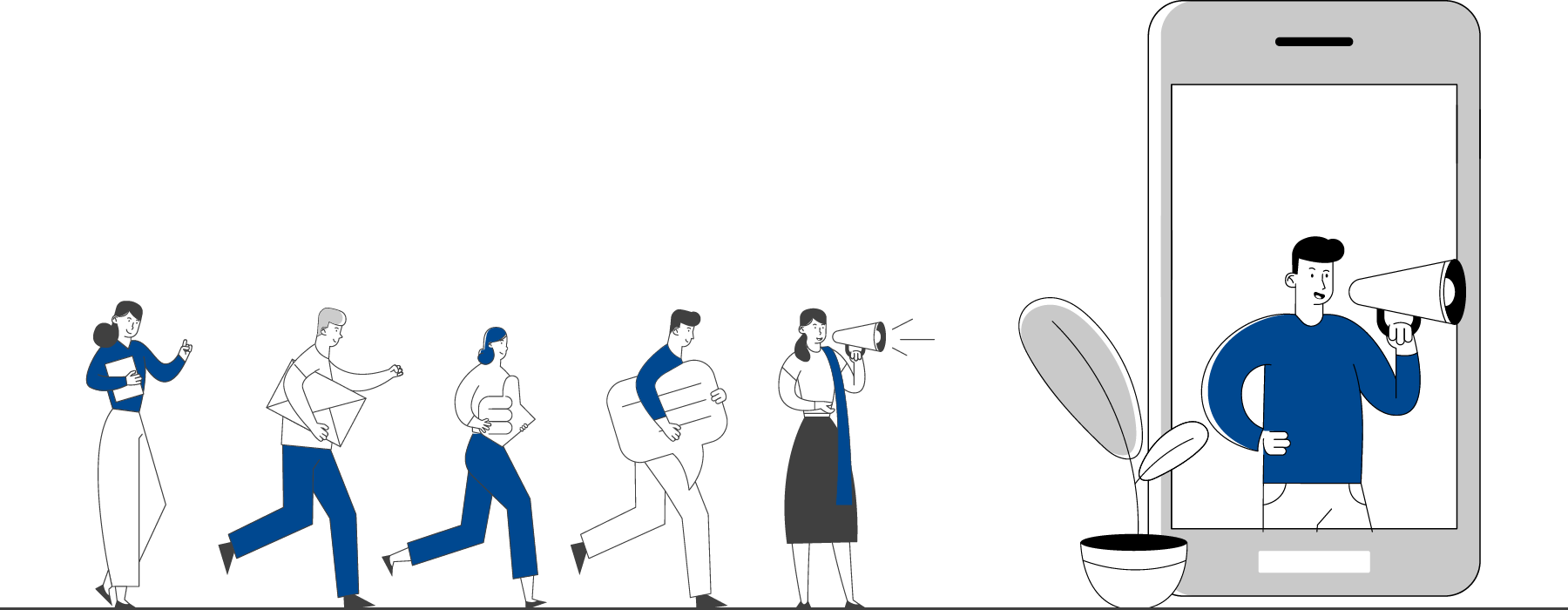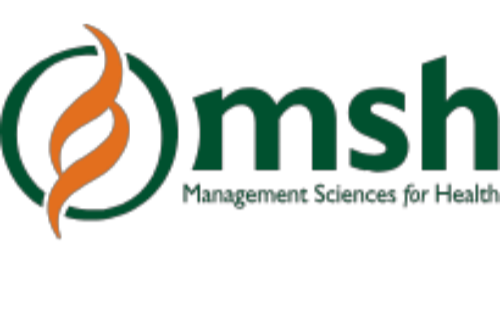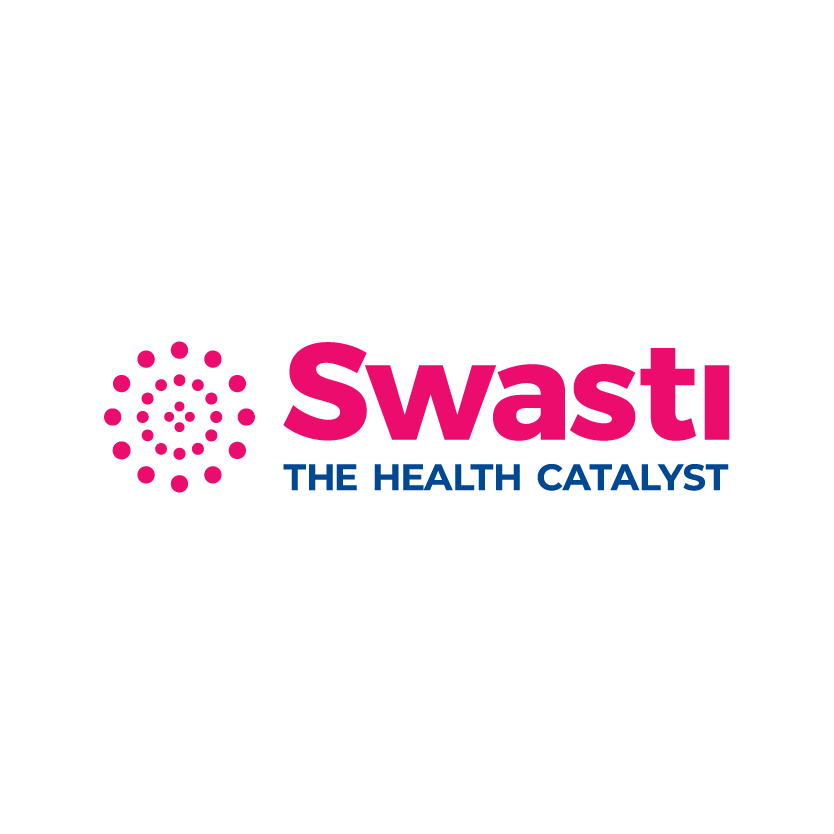

This section collates recent developments impacting the health sector in India.
News & Updates
FILTER
BY CATEGORY
View All
One coronavirus infection wards off another — but only if it’s a similar variant
21 Jul 2022by Nature.com 20 MIN READ
Infection with a pre-Omicron SARS-CoV-2 variant protects against
reinfection with a second, although the effect fades almost completely after
three years.
Natural immunity induced by infection with
SARS-CoV-2 provides a strong shield against reinfection by a pre-Omicron
variant for 16 months or longer, according to a study1. This protection
against catching the virus dwindles over time, but immunity triggered by
previous infection also thwarts the development of severe COVID-19 symptoms —
and this safeguard shows no signs of waning.
The study1, which analyses
cases in the entire population of Qatar, suggests that although the world will
continue to be hit by waves of SARS-CoV-2 infection, future surges will not
leave hospitals overcrowded with people with COVID-19. The research was posted
on the medRxiv preprint server on 7 July. It has not yet been peer reviewed.
The study is “solid”, says Shane Crotty, an
immunologist at the La Jolla Institute for Immunology in California. “The data
make sense and are in line with multiple other studies and previous work by
this group.”
Better late than
never
But scientists also warn that the study’s results
do not mean that infected people can skip vaccination. A separate study2 by many of
the same authors found that “people who had both natural immunity and vaccine
immunity were substantially more protected against the virus than people who
had only natural immunity alone or vaccine immunity”, says Laith Abu-Raddad, an
infectious-disease epidemiologist at Weill Cornell Medicine–Qatar in Doha and a
co-author of both studies. “It was very clear-cut.”
Studies3,4 on the
effectiveness of COVID-19 vaccines suggest that protection against the virus
SARS-CoV-2 decreases over time, waning considerably after six months. To learn
about the course of naturally acquired immunity, the authors examined COVID-19
data gathered in Qatar between 28 February 2020 and 5 June 2022. “Our study is
the first to have such a long time of follow-up,” says co-author Hiam
Chemaitelly, an epidemiologist also at Weill Cornell Medicine–Qatar.
The researchers compared COVID-19 cases in
unvaccinated individuals who’d had one previous SARS-CoV-2 infection with cases
in unvaccinated people who’d never previously caught the virus. They found that
infection with a pre-Omicron variant prevented reinfection by another
pre-Omicron variant with an average effectiveness of 85.5% for the period
covering the 4th through the 16th month following the initial infection.

Effectiveness peaked at 90.5% in the 7th month
after the first infection and fell to about 70% at 16 months (see ‘Immunity
fades away’). By extrapolating this trend, the authors predict that
effectiveness against reinfection will fall to less than 10% 32 months after
the first infection.
Pre-Omicron infection was only 38% effective at
preventing infection by an Omicron variant in the first 6 months after Omicron
emerged. Modelling suggests that the number will drop to 10% at 15 months.
All the same, infection with any SARS-CoV-2 variant
is highly effective at combating severe, critical or fatal COVID-19 after
reinfection: effectiveness was around 100% up to the 14th month after primary
infection and showed no signs of declining.
Old and young alike
The authors note that most of Qatar’s population is
young, so the findings might not apply to populations with a higher average
age. But when the team restricted its analysis to people more than 50 years
old, the levels of protection were similar.
Other potential caveats exist. The authors’
projections assume that the immune response changes at a specific rate, when in
fact that rate depends on the length of time since a person caught the virus,
says Crotty. Therefore, immune responses measured at one point in time might
not allow accurate predictions of the future.
Regardless of the extrapolations, the data indicate
that naturally acquired immunity is hardy — something that is not always championed.
“In the US, we were underselling the immune
protection provided by previous infection,” says Jeffrey Morris, a biomedical
data scientist at the University of Pennsylvania in Philadelphia. He adds that
the Qatar team’s study affirms the substantial evidence for natural immunity’s
capabilities.
Article sourced from nature.com
UPDATES & CORRECTIONS
- Correction
15 July 2022: An
earlier version of the graphic with this article incorrectly stated the
number of months until infection-mediated immunity dwindles to less than
10%.
References
1.
Chemaitelly, H. et al. Preprint at medRxiv https://doi.org/10.1101/2022.07.06.22277306 (2022).
2.
Altarawneh, H. N. et al. N. Engl. J. Med. 387,
21–34 (2022).
3.
Hall, V. et al. N. Engl. J. Med. 386,
1207–1220 (2022).
4.
Khoury, D. S. et al. Nature Med. 27,
1205–1211 (2021)
Categories
COVID-19

 EXPLORE DATA
EXPLORE DATA 



























